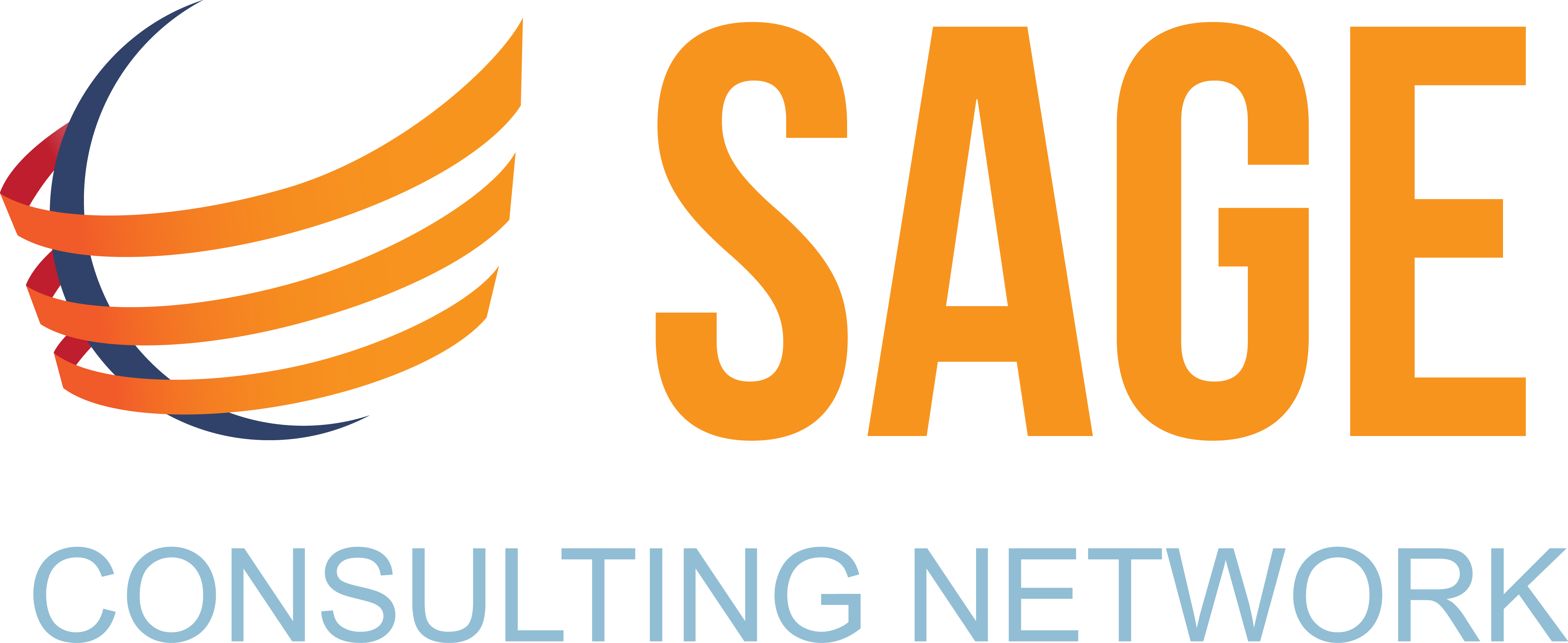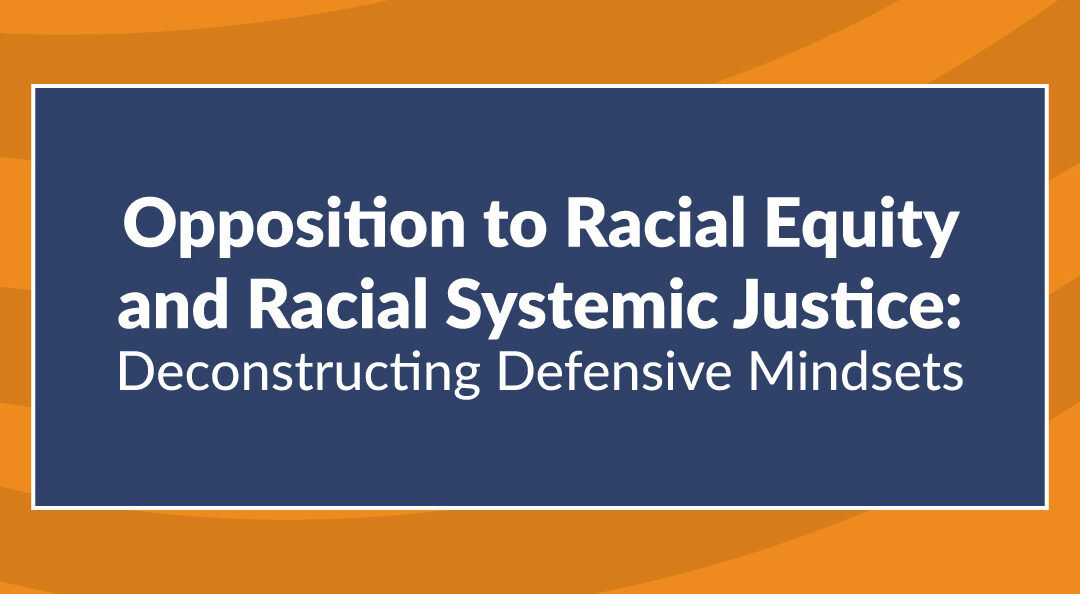In my work with countless organizations, I witness the internal struggles white people experience when trying to understand race, systemic racism, and questions of equity and personal responsibility. I have heard raised voices and read profanity-laced emails detailing all the reasons racism does not exist, and if it does, why the letter-writer is exempt from such accusations.
White responses to questions about racism elicit a predictable range of emotions: guilt, anger, and fear. The American culture of individualism and meritocracy allows white people to absolve themselves of responsibility. They may feel disconnected from the larger issue of racism—even if they are willing to acknowledge their privilege out loud and attribute some level of success to that privilege—because they are good, moral people who are “colorblind,” have Black friends, and were raised to treat everyone equally.
White people might end friendships or relationships after overt demonstrations of hostility. Celebrities tweet apologies and employees get fired for racist remarks. Sometimes these events make headlines, and white people laud them as proof that racism is no longer a part of society. However, these are still all highly individualized events that provide convenient ways to overlook systemic racism while proclaiming white allyship. These distractions are what make the silence of “good” white people so loud.
Individualized attitudes towards race have far-reaching impacts outside of interpersonal relationships. Despite laws prohibiting overt racial discrimination, internal biases and learned behaviors still seep into decision-making at all stages of life. For example, substantial research shows that Black students are disproportionately underrepresented in “gifted” programs at the elementary level. Several factors contribute to this disparity, but one is particularly significant in this context: inclusion in gifted programs is often triggered by a teacher’s recommendation. A white teacher’s racialized perceptions of a Black student could deny that student access to potentially transformative learning experiences.
Those that adopt a colorblind or “non-racist” viewpoint might attribute this scenario to one misguided teacher who never meant to disadvantage anyone. It allows them to maintain their role as “innocent bystander” in a conflict so far removed from their daily experiences, even as the same scenario occurs every day from the classroom to the boardroom. According to BoardSource, 96% of chief executives report that their boards identify potential candidates through the existing board members’ networks; 88% look to the chief executive’s network. According to BoardSource’s 2021 Report Leading with Intent, 87% of chief executives and 83% of board chairs are white. Continued reliance on organic, word-of-mouth recruiting for the board can only perpetuate existing inequalities.
To achieve a more diverse board, members must commit to and recognize privilege (based on gender, class, and race), and work intentionally to identify their board composition gaps, to identify diverse qualified candidates whose experiences, expertise, and mindset will bring much needed diverse perspectives to the board, and importantly to cultivate relationships with potential diverse candidates through a process that is thoughtful and builds trust. They must understand that it is in the board’s and the organization’s best interest to end all forms of inequities, even in the boardroom, and particularly those from which they may benefit in concrete ways. Processes must support trust, commitment, debiasing, changing systems, respect, and collaboration. The board must ensure accountability at the leadership, board, community, and systems levels.
Defining White Resistance
Those of us who are committed to social justice will encounter resistance at every step of the way, from passive-aggressive objections to the work, verbal abuse, and even violence. There is still a strong, vocal white supremacist movement in the US today, inflamed by the election of Barack Obama in 2008 and emboldened by the presidency of Donald Trump. Behind the scenes, white supremacy is maintained by its insidious presence, denial of responsibility, and often hiding behind the false dichotomy of prioritizing profit over values in corporate leadership. Through my work, I have seen that high-performing boards have deliberate plans to improve diversity, equity, and inclusion. They work actively toward these goals. However, often covert white supremacy on boards is masked by what I call “white resistance.” Given the recent social unrest, I believe we must define and understand types of white resistance, root causes, and intended outcomes. Robin DiAngelo explores this topic in her book White Fragility: Why It’s So Hard for White People to Talk About Racism:
“Though white fragility is triggered by discomfort and anxiety, it is born of superiority and entitlement. White fragility is not weakness per se. In fact, it is a powerful means of white racial control and the protection of white advantage.”
In our social justice work, we will always encounter what DiAngelo has aptly termed white fragility. Our first instinct will be to explain, provide examples, and encourage empathy and understanding. We may enter these conversations with open minds and open hearts, and expect that white resisters do the same. Some will, but many will not. At the board level, white resistance can actively prevent Black and people of color candidates from securing board seats (or being recruited at all) while perpetuating the myth of meritocracy. It can hinder the organization’s ability to recruit the best talent for any role, serve its constituents, and fulfill its mission. To make meaningful progress, we must recalibrate our expectations for difficult conversations about race and equity, and recognize that there will be some who are resisters who will not change. Organizations may find themselves making the important decision of prioritizing DEI over maintaining white dominance mindsets and practices.
Do Not Expect Insight
We often expect people to know more about what drives their mindsets and behaviors than they really do. There is a significant lack of self-insight, and white resistors are often not personally driven to understand why they are resisting. What is the root cause? Isabel Wilkerson in her book Caste: The Origins of Our Discontents identifies this mindset as an “existential fight for primacy in a country whose demographics have been shifting beneath us.”
Do Not Expect a Willingness to Learn
Defensiveness prevents learning. When defensiveness becomes a driving force in a conversation about race, equity, and social justice, it is the tool that white resisters use as a barrier to gaining a better understanding of the issues. They are often unwilling to acknowledge that racist structural and policy-level decisions created the persistent disadvantages that many communities of color still experience. They are unwilling to acknowledge any role or benefit of being complicit in a system that oppresses others, and even more averse to the possibility that they are the oppressors. Most of all, they are afraid of losing their privileged status.
Do Not Let Reactions Intimidate You
Last year, we saw how quickly intimidation can turn deadly. White resisters simply do not want us working toward a more just society. They perceive racial equity as a threat to their perception of their personal achievements, and a process that requires them to acknowledge and reckon with white advantages—this reckoning is an action that those who are challenging race equity are not willing to do. Raised voices, derogatory language, vandalism, and deadly violence are all intimidation methods designed to end this work. We have already seen this play out in the Civil Rights movements of the 1960s. When white privilege is at risk, those who benefit from the status quo will stop at nothing to be the loudest voice in the room.
Do Not Be Surprised by Whataboutism
The quickest way to end an uncomfortable conversation is to derail it. When white resisters start to feel anxious or guilty during conversations about systemic racism and Black oppression, they often flip the script to provide examples of white oppression. They insist that minorities can be racist too and may cite evidence of prejudice and oppression between non-white racial groups or personal experiences of bullying and harassment. Once more, these defensive strategies prioritize the individual experience, once again proving that white resisters cannot or will not understand or acknowledge the mechanisms through which systemic racism continues to work in white peoples’ favor.
Where do we go from here?
The intent of this article is certainly not to discourage people from engaging in difficult conversations. These conversations are necessary for recognizing systemic racism, acknowledging the privileges it grants to white people, and preventing echo chambers. External dialogue, especially with those of conflicting viewpoints, allows for individual self-reflection and a broader understanding of the issues—two critical factors in moving forward. As DiAngelo writes, “These responses were so predictable—so consistent and reliable—I was able to stop taking the resistance personally, get past my own conflict avoidance, and reflect on what was behind them.”Despite the naysayers, we must still do this work. It has been proven time and time again that a more diverse workforce leads to more innovation, better performance, and improved profitability. We know that equitable access to education and resources will foster a new generation of insightful, creative, empathetic individuals—the kinds of characteristics our country needs to carry us into an uncertain future. We know that it is no small task—arguably, we have been doing this work since Reconstruction—and the work will never end. As we continue to do this work, we should remember Congressman John Lewis’ urging to all of, “Speak up, speak out, get in the way. Get in good trouble, necessary trouble, and help redeem the soul of America.”


Recent Comments